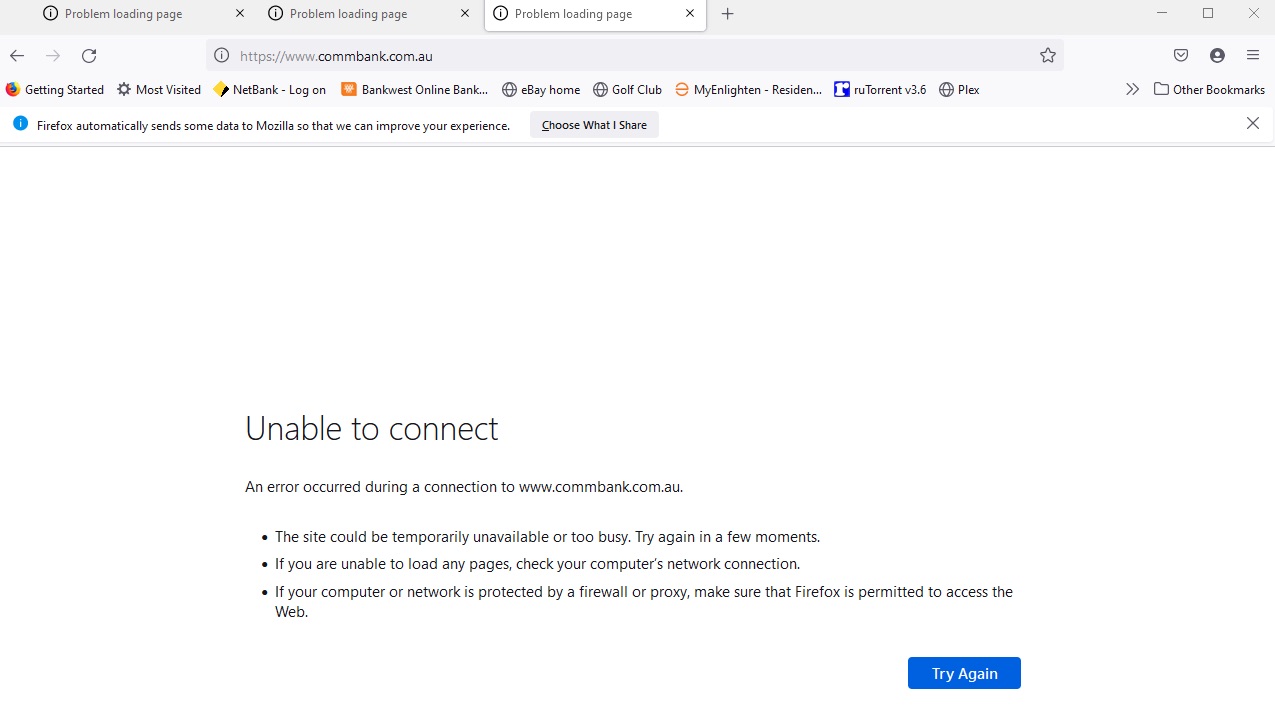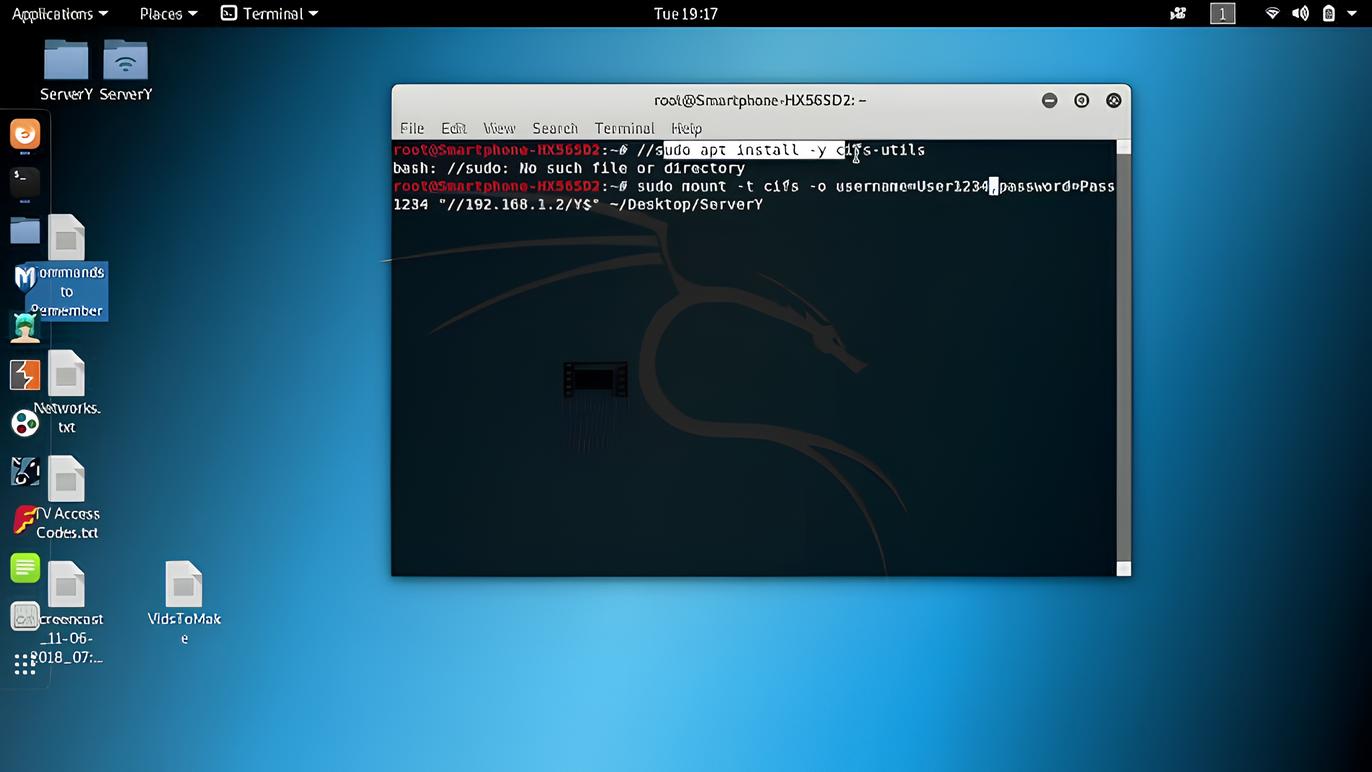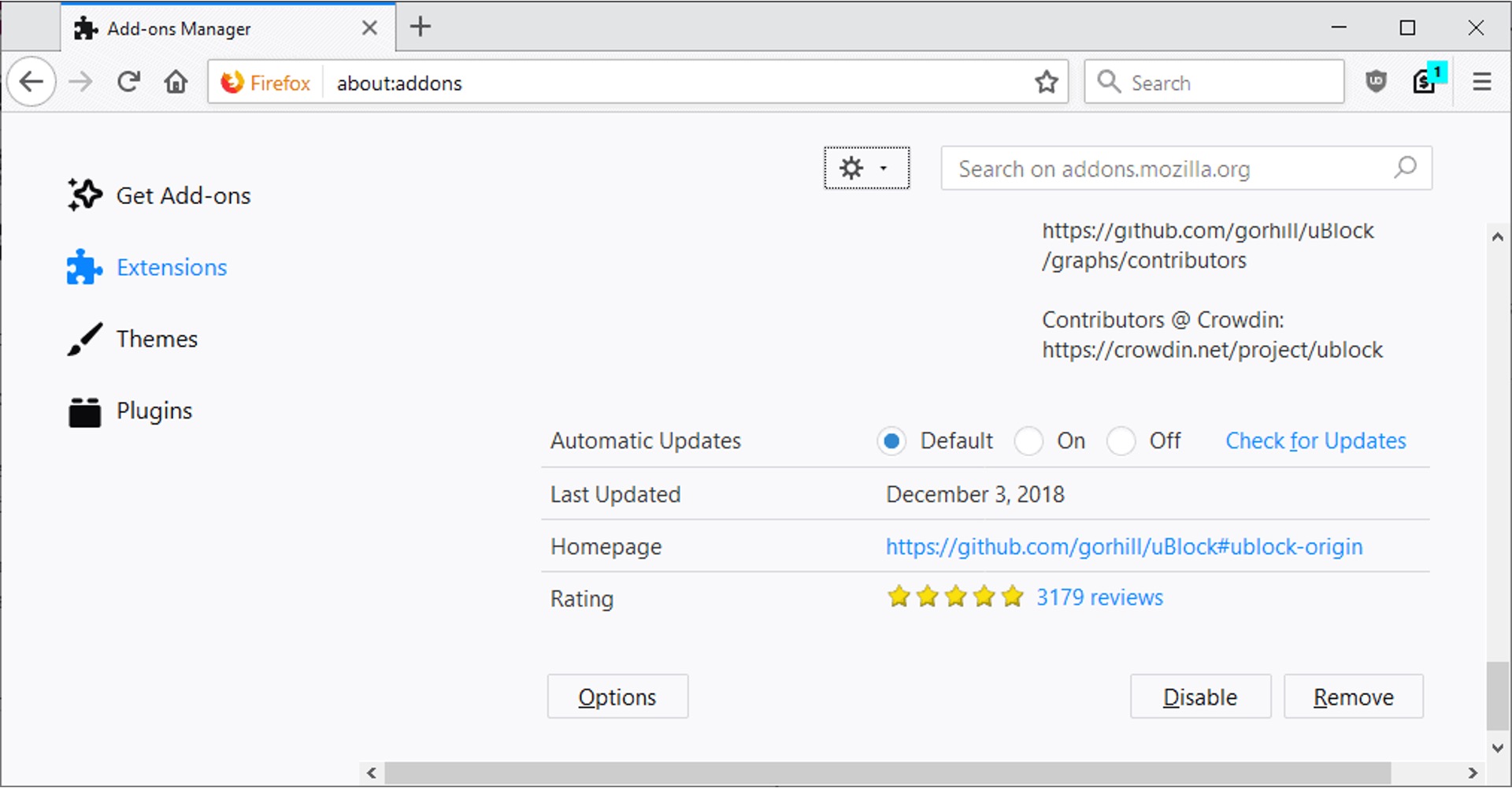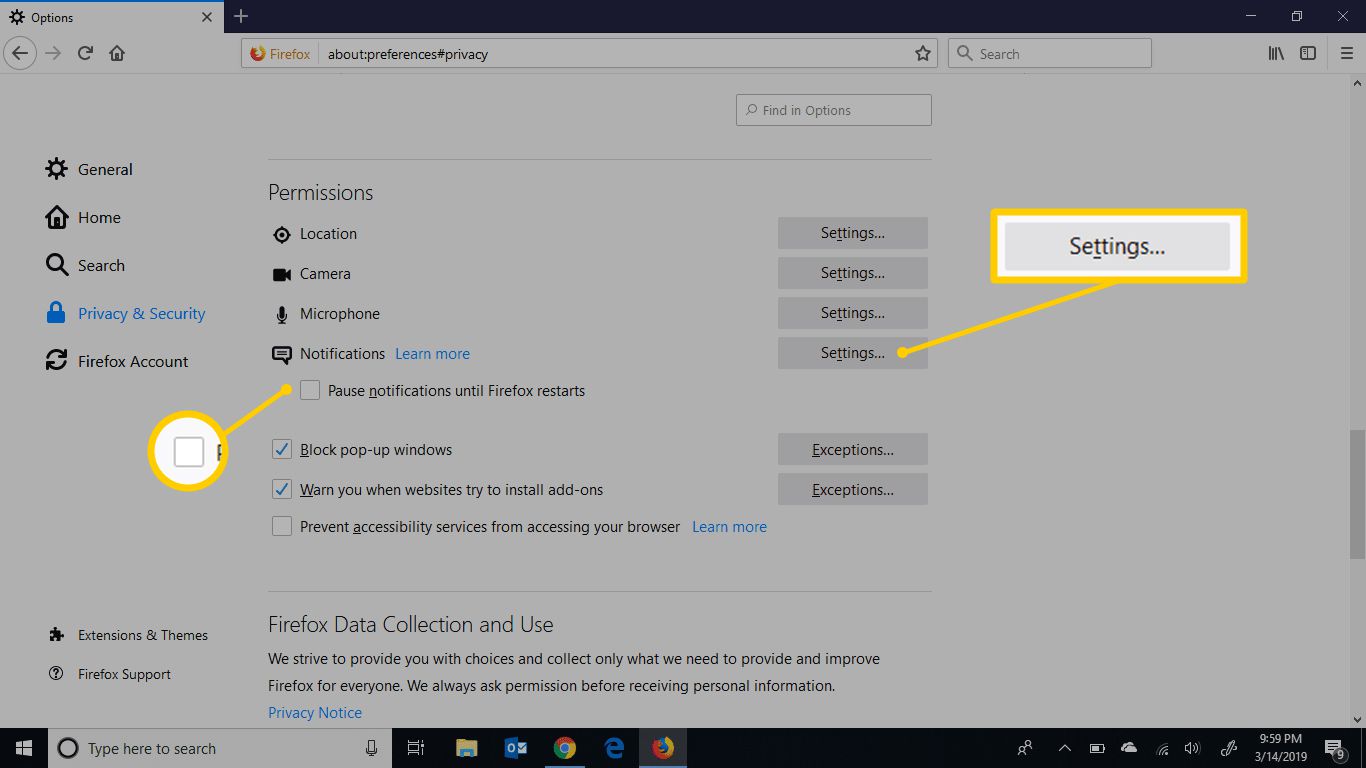Introduction
Keeping your web browser up to date is crucial for a seamless and secure browsing experience. Firefox, a popular web browser known for its speed, privacy features, and customization options, regularly releases updates to enhance performance, fix bugs, and bolster security. While Firefox typically updates automatically, manually checking for updates can be beneficial to ensure that you are running the latest version.
In this guide, we will walk you through the simple steps to manually check for updates in Firefox. Whether you are a seasoned Firefox user or a newcomer to the browser, this step-by-step process will empower you to take control of your browsing experience and stay informed about the latest enhancements and security patches.
By learning how to manually check for updates in Firefox, you can proactively ensure that your browser is equipped with the newest features and security measures, allowing you to browse the web with confidence and peace of mind. Let's dive into the straightforward process of manually checking for updates in Firefox to ensure that you are making the most of your browsing experience.
Step 1: Open Firefox
To begin the process of manually checking for updates in Firefox, you first need to open the browser. If Firefox is not already running on your computer, you can easily launch it by locating the Firefox icon on your desktop or by searching for it in your computer's applications or programs list.
Once you have located the Firefox icon, simply double-click on it to open the browser. Alternatively, if you have Firefox pinned to your taskbar or quick launch bar, you can click on the icon to initiate the browser.
Another method to open Firefox is to use the search function in your operating system. For Windows users, you can type "Firefox" in the search bar located in the bottom left corner of your screen, and then click on the Firefox icon in the search results to launch the browser. Similarly, Mac users can utilize the Spotlight search feature by pressing Command + Space, typing "Firefox," and hitting Enter to open the browser.
If you prefer using keyboard shortcuts, you can press the Windows key on your keyboard to open the Start menu, type "Firefox," and press Enter to launch the browser on a Windows computer. On a Mac, you can press Command + Space to open Spotlight, type "Firefox," and press Enter to open the browser.
Regardless of the method you choose, opening Firefox is the first step in the process of manually checking for updates. Once the browser is open, you can proceed to the next steps to access the menu and initiate the update check.
Opening Firefox is a simple and essential initial step that sets the stage for ensuring that your browsing experience is optimized with the latest features and security enhancements. With Firefox open and ready, you are now prepared to move on to the next step in the process of manually checking for updates.
Step 2: Access the Menu
After opening Firefox, the next step in manually checking for updates is to access the menu. The menu is a central hub that houses various options and settings, allowing users to navigate through different features and functionalities of the browser. By accessing the menu, you gain access to a range of tools and preferences, including the option to check for updates.
To access the menu in Firefox, look towards the upper-right corner of the browser window. Here, you will find an icon consisting of three horizontal lines stacked on top of each other. This icon represents the menu and is commonly referred to as the "hamburger menu" due to its resemblance to a hamburger. Click on this icon to reveal the menu dropdown, which contains a plethora of options for customizing and managing your browsing experience.
Alternatively, you can use a keyboard shortcut to access the menu. By pressing the "Alt" key on your keyboard, you can temporarily display the traditional menu bar at the top of the Firefox window. This menu bar includes familiar options such as "File," "Edit," "View," "History," "Bookmarks," "Tools," and "Help," providing quick access to various browser functions.
Once you have accessed the menu, you will be presented with a list of options that enable you to navigate through Firefox's features and settings. The menu is designed to be user-friendly, allowing for intuitive exploration and customization of the browser according to your preferences.
Accessing the menu is a pivotal step in the process of manually checking for updates, as it sets the stage for the subsequent actions required to initiate the update check. With the menu readily available, you are now poised to proceed to the next steps, which involve selecting the "Help" option and accessing the "About Firefox" window to check for updates.
By understanding how to access the menu in Firefox, you gain the ability to harness the full potential of the browser's features and functionalities. This foundational knowledge empowers you to navigate through Firefox with ease and efficiency, ensuring that you can effortlessly manage updates and optimize your browsing experience. With the menu at your disposal, you are well-equipped to progress to the next steps and take control of the update checking process in Firefox.
Step 3: Select Help
After accessing the menu in Firefox, the next crucial step in the process of manually checking for updates is to select the "Help" option. The "Help" menu in Firefox serves as a valuable resource for users, offering assistance, support, and essential information to enhance the browsing experience. By choosing the "Help" option, you gain access to a range of helpful features and tools, including the option to check for updates and ensure that your browser is running the latest version.
To select the "Help" option, navigate to the menu that you accessed in the previous step. Once the menu is open, look for the "Help" label, which is typically located towards the bottom of the dropdown list. Clicking on the "Help" label will reveal a submenu containing various options designed to provide support and guidance to Firefox users.
Upon selecting the "Help" option, you will be presented with a list of features and resources aimed at assisting users in optimizing their browsing experience. The "Help" menu encompasses a diverse array of tools, including the ability to troubleshoot issues, access the browser's support information, and manage essential settings.
By choosing the "Help" option, you demonstrate an active interest in leveraging the resources available within Firefox to enhance your browsing experience. This proactive approach empowers you to stay informed about updates and security enhancements, ensuring that your browser remains equipped with the latest features and protections.
Selecting the "Help" option is a pivotal step that positions you to proceed to the next stage of the update checking process. With the "Help" menu at your fingertips, you are now prepared to advance to the subsequent step, which involves choosing the "About Firefox" option to initiate the update check.
Understanding how to select the "Help" option in Firefox is fundamental to taking control of your browsing experience and staying informed about important updates. By embracing the resources available within the "Help" menu, you can proactively ensure that your browser is optimized with the latest features and security measures, allowing you to browse the web with confidence and peace of mind. With the "Help" option selected, you are now ready to progress to the next steps and continue the process of manually checking for updates in Firefox.
Step 4: Choose About Firefox
After selecting the "Help" option in Firefox, the next crucial step in the process of manually checking for updates is to choose "About Firefox." This action directs you to the "About Firefox" window, where you can access essential information about your browser, including the current version and the status of available updates.
To choose "About Firefox," navigate to the "Help" menu, which you accessed in the previous step. Once the "Help" menu is open, look for the "About Firefox" option, which is typically located towards the bottom of the submenu. Clicking on "About Firefox" will initiate the process of checking for updates and provide you with vital details about the current state of your browser.
Upon choosing "About Firefox," a new window will appear, displaying pertinent information about your Firefox browser. This window includes details such as the current version of Firefox installed on your computer and the status of any available updates. The browser will automatically check for updates and display the results in the "About Firefox" window.
In this window, you will be able to view the current version of Firefox and ascertain whether any updates are available for installation. If updates are available, Firefox will prompt you to download and install the latest version to ensure that your browser is equipped with the newest features and security enhancements.
Choosing "About Firefox" is a pivotal step that provides you with crucial insights into the status of your browser and the availability of updates. By accessing this window, you gain valuable information that empowers you to make informed decisions about updating your browser to the latest version.
Understanding how to choose "About Firefox" is fundamental to taking control of your browsing experience and staying informed about important updates. By navigating to this window, you can proactively ensure that your browser is optimized with the latest features and security measures, allowing you to browse the web with confidence and peace of mind.
With the "About Firefox" window at your disposal, you are now prepared to proceed to the final step, which involves checking for updates and initiating the installation process to ensure that your browser is running the latest version.
Step 5: Check for Updates
After accessing the "About Firefox" window, the next crucial step in the process of manually checking for updates is to initiate the update check. This step allows you to actively verify if there are any available updates for your Firefox browser, ensuring that you are running the latest version with the most recent features and security enhancements.
Upon opening the "About Firefox" window, the browser will automatically check for updates, displaying the current version of Firefox and indicating whether any updates are available for installation. If updates are indeed available, Firefox will prompt you to download and install the latest version to ensure that your browser is equipped with the newest features and security enhancements.
To initiate the update check, simply look for the "Check for Updates" button within the "About Firefox" window. This button is typically located in a prominent position, often near the bottom of the window, and is designed to facilitate the update verification process with a single click.
By clicking on the "Check for Updates" button, you prompt Firefox to conduct a real-time check for any available updates. The browser will connect to the update server to retrieve the latest information about available updates, ensuring that you receive accurate and up-to-date details about the status of your browser version.
Upon clicking the "Check for Updates" button, Firefox will diligently search for any new updates, providing you with immediate feedback regarding the availability of a newer version. If updates are found, the browser will prompt you to proceed with the installation process, guiding you through the necessary steps to update your Firefox browser to the latest version seamlessly.
By actively checking for updates, you demonstrate a proactive approach to maintaining the health and performance of your browser. This step empowers you to stay informed about the latest developments in Firefox, ensuring that you can take advantage of new features and security enhancements as soon as they become available.
Understanding how to check for updates in Firefox is fundamental to taking control of your browsing experience and staying informed about important updates. By actively verifying the availability of updates, you can proactively ensure that your browser is optimized with the latest features and security measures, allowing you to browse the web with confidence and peace of mind.
With the update check initiated, you are now positioned to proceed with the installation process, should updates be available, ensuring that your Firefox browser is running the latest version and equipped with the most recent enhancements.
Conclusion
In conclusion, mastering the art of manually checking for updates in Firefox empowers users to take control of their browsing experience and stay informed about the latest features and security enhancements. By following the step-by-step process outlined in this guide, individuals can proactively ensure that their Firefox browser is running the most recent version, equipped with the newest functionalities, and fortified with essential security patches.
The journey begins with the simple act of opening Firefox, a familiar and essential step that sets the stage for the subsequent actions. Accessing the menu, a central hub of options and settings, provides users with the gateway to navigate through Firefox's features and functionalities. Selecting the "Help" option leads to a treasure trove of resources, including the vital "About Firefox" window, where users can gain insights into their browser's current version and the availability of updates.
The pivotal moment arrives when users choose to check for updates, initiating a real-time verification process that ensures they are promptly informed about any available updates. This proactive approach to maintaining the health and performance of the browser empowers users to stay ahead of the curve, embracing new features and security enhancements as soon as they become available.
By understanding how to manually check for updates in Firefox, users can navigate the digital landscape with confidence, knowing that their browsing experience is optimized with the latest features and fortified with essential security measures. This knowledge not only enhances the individual's browsing experience but also contributes to a safer and more secure online environment for all users.
In essence, the ability to manually check for updates in Firefox is a valuable skill that empowers users to stay informed, proactive, and in control of their browsing experience. By embracing this process, individuals can harness the full potential of Firefox, ensuring that they are always equipped with the latest advancements and security measures, and enabling them to browse the web with confidence and peace of mind.

























